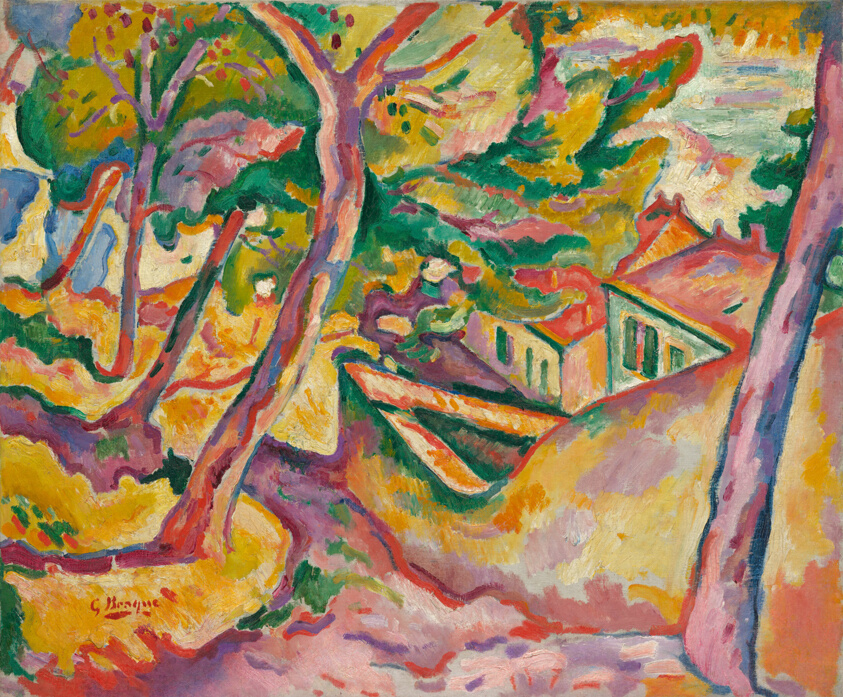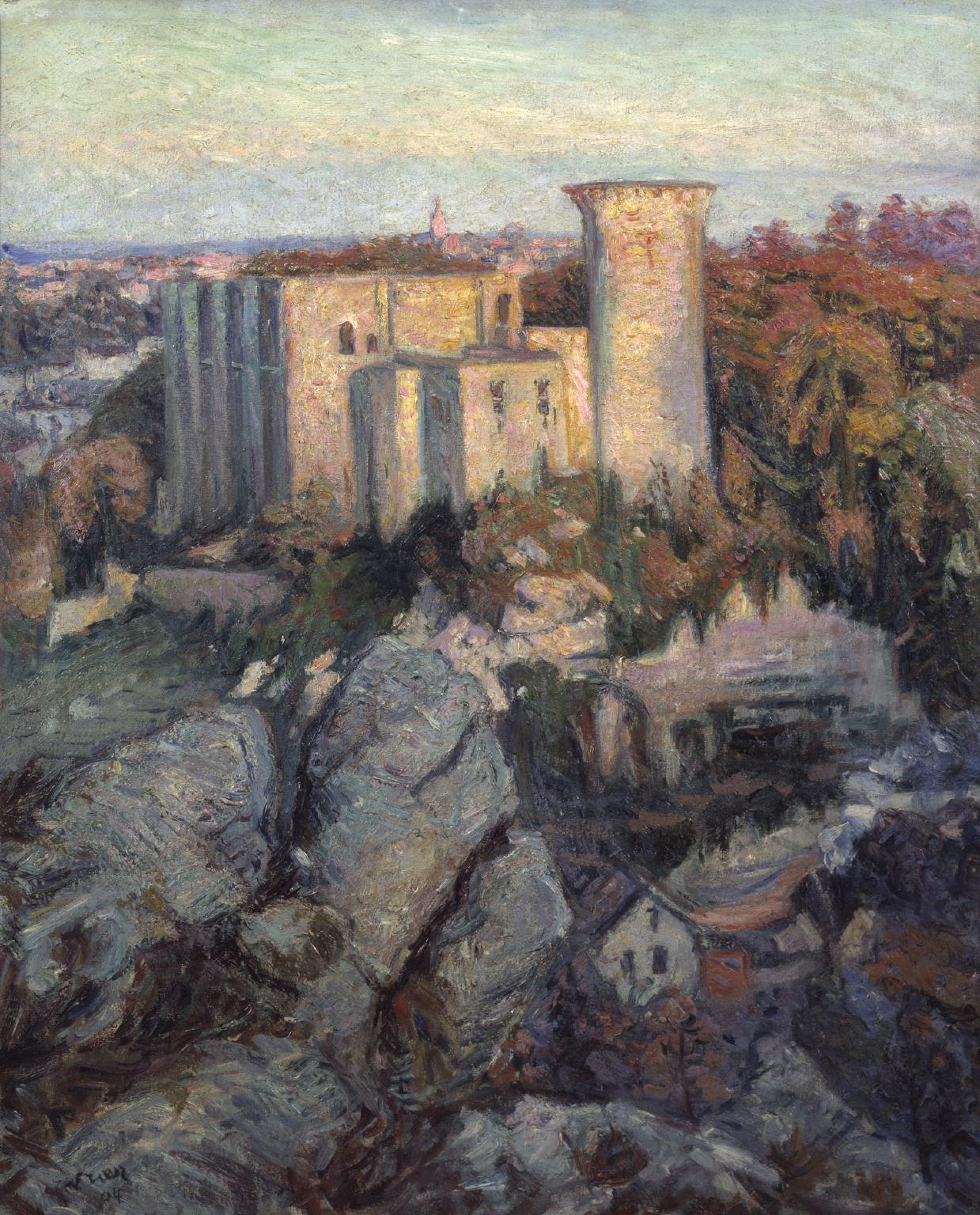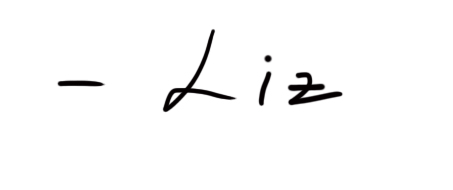Available for Purchase.
"*" indicates required fields
This submission is an inquiry of availability and details but does not guarantee a sale. Thank you for your understanding.

Orthon Friesz, Paysage (Le Bec deL’Aigle, La Ciotat), 1907
Friesz has a reaction as delicate and enthusiastic as that of an English poet. Only, unlike most English painters, he would never dream of jotting it down and leaving it at that. Such hit-or-miss frivolity is not in his way. He is no amateur. He takes his impressions home and elaborates them; he brings his intellect to bear on them; and, as the exhibition at the Independent Gallery shows, without robbing them of their bloom, makes them something solid and satisfying. .
-Clive Bell
It would be easy to overlook Othon Friesz’s Paysage (Le Bec) in the 2nd floor gallery of works on permanent display at SFMOMA. Tucked just inside the entryway on the right, this gem of chromatic fervor is not directly in sight. With the far wall beckoning, one is tempted to make a bee-line across the room, ignoring the wall on which the painting hangs
That would be a shame, because together with Matisse’s Paysage: Les genets, Friesz’s painting is just about as good an example of Fauvism—that fleeting but influential painting movement—as exists in the museum’s collection.

The Fauves (i.e. Wild Beasts), known principally for their brilliant colors, flattened dimensional space and vigorous brush work, congregated around Henri Matisse during a brief period between 1905 and 1910. While Georges Braque and André Derain in particular moved on to other styles, Matisse, Raoul Dufy and even Friesz never altogether left behind some of the characteristics that defined Fauvism.

If his mother had had her way, Othon Friesz (1879-1949) would have become a musician. But, Friesz, born into a prominent shipbuilding family in Le Havre, convinced her that art was his true calling. Friesz studied at the École des Beaux-Arts (Le Havre) under neo-classicist Charles-Marie Lhuillier. There he met Georges Braque and Raoul Dufy, who would become lifelong friends, as well as fellow Fauves.
.jpg?mode=max)
In 1898, Friesz moved to Paris to study at the Beaux-Arts under Academic painter Leon Bonnat.
Despite the academic styles of of teachers, Othon Friesz’s work this period shows the hallmarks of Impressionism—painting directly from nature, interest in the effects of light.

In the first years of the new century, however, Friesz sought to break away from Impressionism. In Paris he met Henri Matisse and came under the spell of the emotional force of colors and the power of the flattened picture plane that defined the Fauvist painters. In 1905, he exhibited with the other Fauves at the seminal Salon d’Automne and again in 1906 at the Salon des Indépendants.

Like Matisse, Derain and the other Fauves, Friesz’s style owes much to Cézanne’s innovations in composition, color and brush technique. Freisz pushed color and line into the realm of the decorative, to great effect. Though the compositional lines of Le Bec swirl with harmonious movement, curiously the painting feels like an unrushed effort. It’s less like a plein air work and more deliberately thought out, more embellished as a result of the thinking.

Le Bec is a highly stylized landscape bordering on arabesque abstraction. Friesz has captured the essential character of mountain, the eagle beak of its upper peak. Perhaps more importantly, he has captured a mood. The palette—warm yellows, vermilion-y pinks and piney greens— evoke to my mind late afternoon along the Mediterranean, the landscape still shimmering from the heat of the day, despite a fervent breeze blowing in off the water.
By 1908, a revived interest in Paul Cézanne’s vision of the order and structure of nature had led many in the group to reject the turbulent emotionalism of Fauvism in favor of the logic that would be come in Braque’s hands Cubism. And yet, the Fauves’ legacy remains for they released generations of subsequent painters from the restraints of “local” color.
Le Bec stands as our own local testament to this brief, luminescent moment in the history of art.
Le Bec at SFMOMA
Othon Friesz at The Tate
André Derain at National Galleries, Scotland
Braque at The Art Institute of Chicago
Cézanne at the Metropolitan Museum of Art
La Ciotat, France
Sotheby’s—“Fauvism: 7 Things You Need to Know”
[cool_tag_cloud on_single_display=”local”]

0 Comments